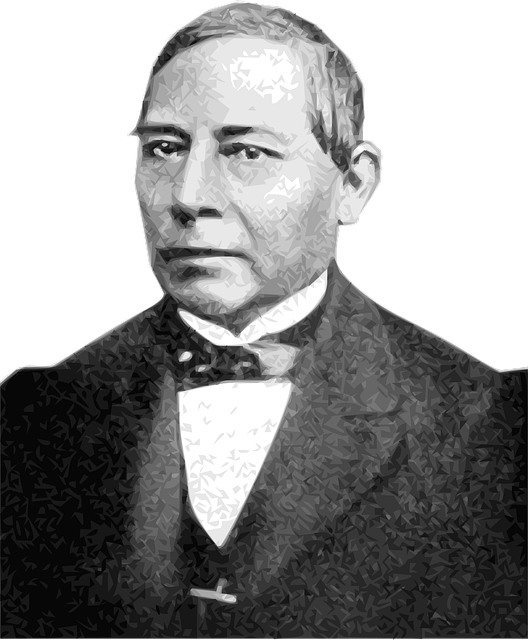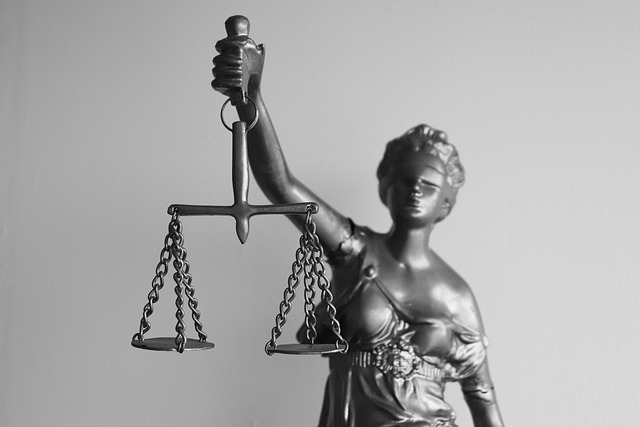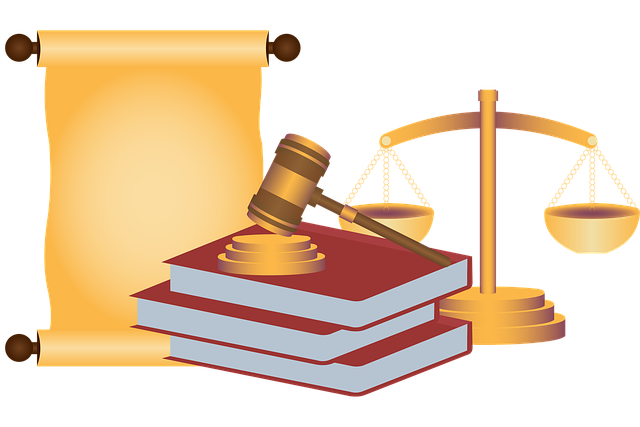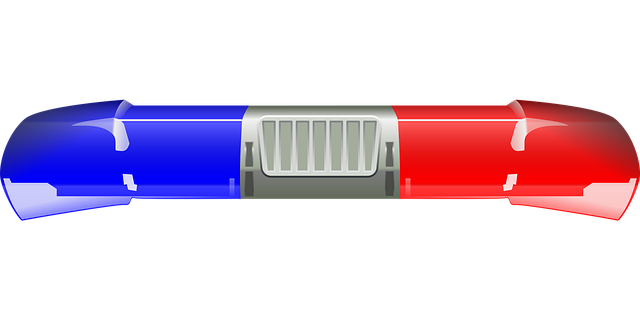Antitrust laws are essential for maintaining fair markets, protecting consumers and driving growth by preventing monopolies and price fixing. In cases of patent infringement, the Civil Litigation Process for Patent Infringement guides legal action. This involves investigation, filing a complaint, court review, and potential resolution through negotiation or dismissal. A thorough examination of evidence is crucial to prove infringement and damages, with the accused having the right to challenge the patent's validity.
In today’s competitive markets, understanding antitrust laws and their relevance is paramount for businesses. Antitrust violation cases, particularly those involving patent infringement, can significantly impact companies and industries. This article guides you through the intricacies of the civil litigation process for patent infringement, outlining key steps from filing a lawsuit to investigating and proving violations. By delving into these aspects, we aim to equip readers with knowledge essential for navigating complex antitrust scenarios.
- Understanding Antitrust Laws and Their Relevance
- Filing a Civil Lawsuit: Steps and Procedures
- Investigating and Proving Patent Infringement
Understanding Antitrust Laws and Their Relevance

Antitrust laws play a pivotal role in maintaining fair market competition, protecting consumers, and promoting economic growth. These laws are designed to prevent businesses from engaging in anti-competitive practices such as price fixing, market division, and monopolization. Understanding antitrust regulations is essential for both corporate and individual clients involved in complex business transactions. The Civil Litigation Process for Patent Infringement, for instance, falls under the umbrella of antitrust violations, where plaintiffs seek redress for unauthorized use or theft of intellectual property.
The relevance of antitrust laws extends beyond patent infringement cases to various industries and sectors. All stages of the investigative and enforcement process are meticulously structured to ensure transparency, fairness, and due process. By understanding these laws, businesses can navigate market dynamics more effectively, fostering innovation while adhering to legal standards. This proactive approach helps in avoiding potential legal pitfalls and ensures long-term sustainability for corporate and individual clients alike.
Filing a Civil Lawsuit: Steps and Procedures

When considering a civil lawsuit for patent infringement, understanding the civil litigation process is crucial for your clients. The initial step involves thorough investigation and evaluation of the case by experienced legal professionals. They will assess the strength of your intellectual property rights, examine the alleged infringer’s activities, and determine if there’s sufficient evidence to proceed. This stage is pivotal as it dictates the trajectory of the case.
If the decision is made to move forward, filing a complaint with the appropriate court is the next step. The complaint outlines the claims against the defendant, including the nature of the patent infringement, damages incurred, and the legal basis for the lawsuit. Upon filing, the court will review the complaint and issue a summons, formally notifying the defendant of the lawsuit. This marks the official initiation of the civil litigation process for patent infringement, aiming for complete dismissal of all charges or an amicable resolution through negotiation.
Investigating and Proving Patent Infringement

Investigating patent infringement involves a meticulous review of an alleged infringer’s activities. This includes examining their products, services, or processes to determine if they infringe upon a valid patent. The Civil Litigation Process for Patent Infringement encompasses all stages of the investigative and enforcement process, from initial complaint filing to trial and potential appeals. It is crucial to gather substantial evidence that demonstrates direct infringement, such as comparing the accused product with the patented design or functionality. This often involves expert opinions, sales data analysis, and detailed documentation of the defendant’s actions.
The goal for the plaintiff is not merely to establish a violation but also to prove significant economic damages caused by the white collar and economic crimes committed through patent infringement. Throughout these all stages of the investigative and enforcement process, the accused party may attempt to defend themselves by challenging the validity of the patent or asserting that their actions do not constitute direct infringement. However, if the evidence is strong and compelling, the plaintiff has a good chance of securing a favorable outcome, potentially leading to a complete dismissal of all charges against them.
The process of civil litigation for patent infringement, as outlined in this article, is a crucial aspect of safeguarding intellectual property rights. By understanding antitrust laws and their relevance, individuals and businesses can effectively navigate the steps to file a lawsuit, ensuring a fair and competitive marketplace. Investigating and proving patent infringements is a meticulous task, but it empowers inventors and innovators to protect their creations. Embracing these procedures strengthens the legal framework, fostering innovation and creativity while deterring unethical business practices.






